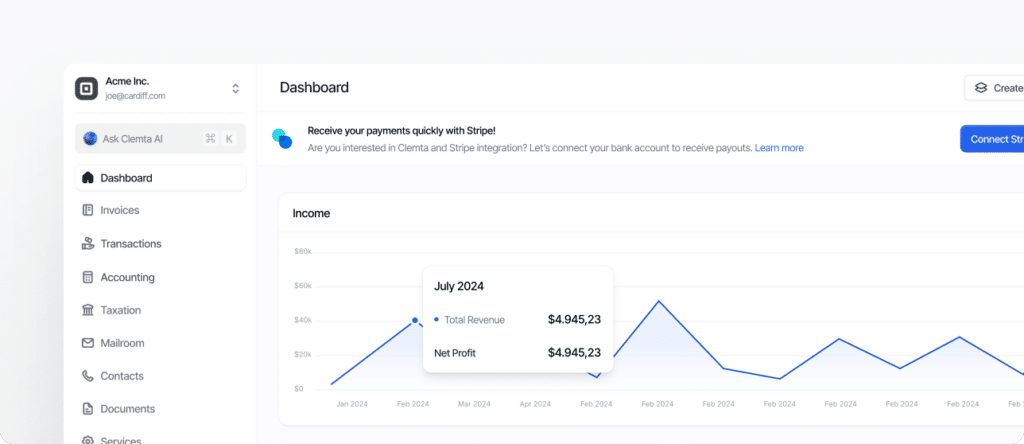The direct costs of producing or purchasing the goods a business sells (such as materials, labor, and manufacturing) excluding overhead or operating expenses.
What is Cost of Goods Sold?
Cost of Goods Sold (COGS) refers to the direct costs associated with producing or purchasing the products a business sells during a specific period. It includes expenses like raw materials, packaging, and direct labor (but excludes indirect costs like rent, marketing, or administrative salaries). For non-U.S. residents managing U.S. businesses, understanding COGS is essential for tracking true product profitability, setting prices, and filing accurate tax returns.
COGS applies primarily to businesses that sell physical products, including e-commerce brands, wholesalers, and manufacturers. It can also apply to service-based businesses if they have a productized component (like bundled digital products or printed deliverables).
Typical items included in COGS:
- Raw materials and supplies used to make the product
- Direct labor involved in manufacturing or assembling
- Freight or shipping costs to bring in inventory
- Packaging costs for individual products
- Inventory purchases for resale
COGS does not include:
- Office rent
- Marketing expenses
- Software subscriptions
- Salaries for employees not directly involved in production
COGS is a key line item on the income statement. When subtracted from total revenue, it gives you the gross profit (a crucial metric for evaluating business performance). For example, if you sell $10,000 worth of goods and your COGS is $6,000, your gross profit is $4,000. From there, you still need to subtract operating expenses to determine your net income.
For tax purposes, U.S. businesses are required to report COGS if they produce, purchase, or sell physical goods. Overstating or understating COGS can lead to incorrect taxable income and potential issues with the IRS, so proper documentation and inventory tracking are important.
Many accounting platforms (like QuickBooks or Xero) allow you to tag expenses as COGS when categorized correctly through your Chart of Accounts. If you’re using Clemta’s bookkeeping service, COGS will typically be tracked separately from general expenses, to ensure financial reports and tax filings are accurate.
In summary, COGS represents the real cost of delivering your product to customers. For non-U.S. founders, correctly calculating and tracking COGS helps with pricing, profit analysis, and compliance (ensuring your business remains financially healthy and tax-ready).

